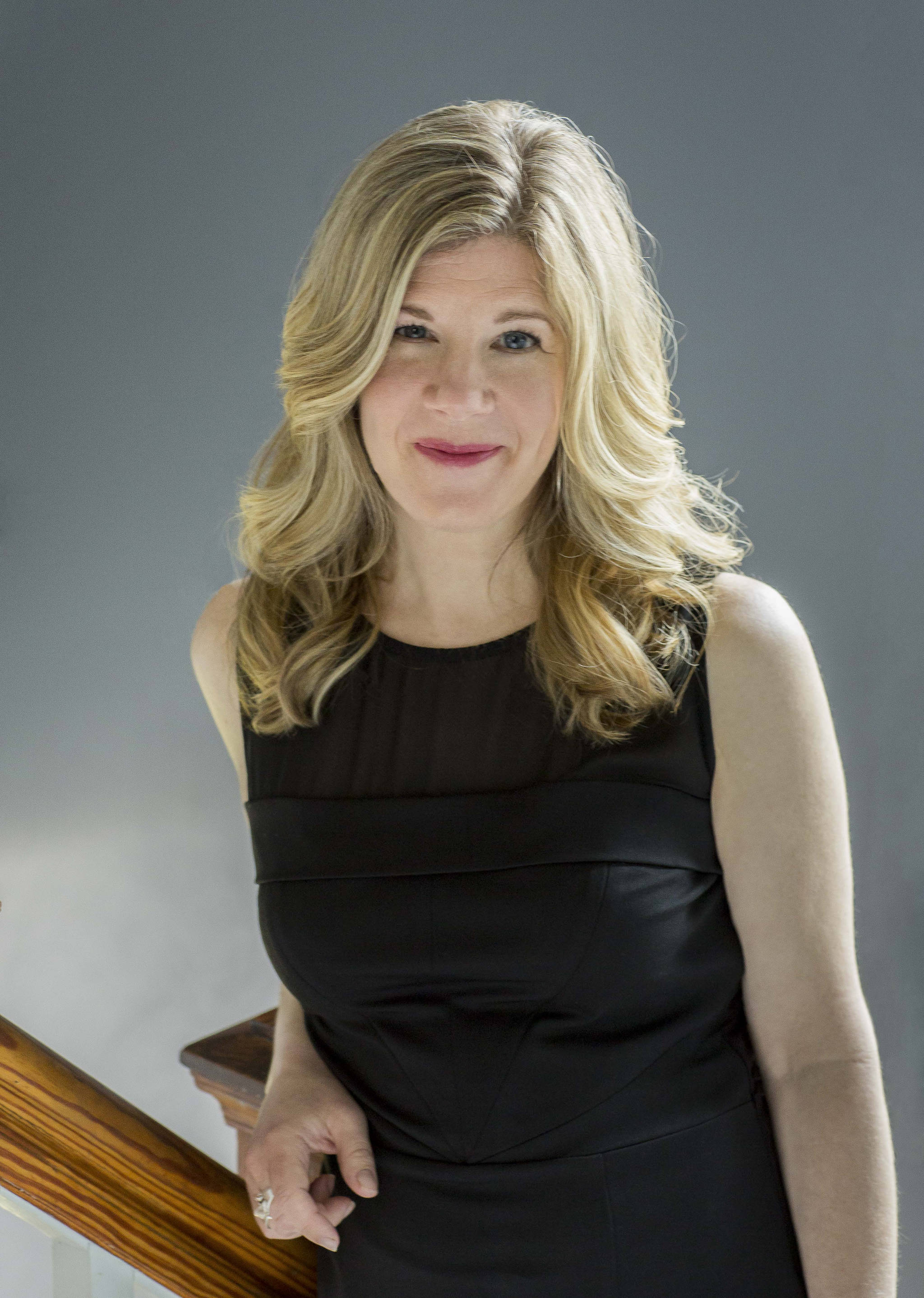On her visits to Alaska over the past 20 years, like a lot of visitors to Homer, singer-songwriter Dar Williams said she came to really, really love the town. She has been here several times, in 1997, 2000 and 2003.
“When I was playing at Alice’s once, I looked at the audience and said, ‘I’m single, and you’re a very attractive audience, and you have to stop it now,’” she said in a phone interview last Thursday. “I am not moving to Homer.”
That experience, and similar visits to hundreds of cities on her travels, caused Williams to wonder what makes some towns thriving, comfortable communities and what made other places unhappy and failing.
Out of that contemplation has come Williams’ new book, “What I Found in a Thousand Towns: A Traveling Musician’s Guide to Rebuilding Communities.” The book celebrates the virtues of strong communities and inspires people to consider how in a time of political and social divisiveness we can discover the tools to make our towns stronger.
Williams compared creating communities to writing songs.
“I’m a musician. I have a lot of chaos in my head and I’m always trying to organize it,” she said. “With the poetry and chaos in my head, I’m trying to find a structure to hold it. In my case, that’s the song.”
“Cities and towns are like that. There are certain structures set up, social structures, that would allow the full poetry of a town to express itself,” Williams added.
In the 1990s, cities with closed factories and boarded up downtowns looked to be the future, she said.
“It was the future. That’s what I thought,” Williams said. “Then, suddenly I saw people, despite that trend, creating concert venues in the middle of their town, even when you saw the tumbleweed coming down.”
Homer has elements Williams said she thinks make a town thrive: a surrounding natural beauty, parks, art galleries, concert halls, libraries, and community projects like the Homer Playground Project that bring people together. It has clubs and cafés like Alice’s Champagne Palace or Two Sisters Bakery, “a great gathering space for a community,” she said.
Central to creating relationships in a town is something Williams called “positive proximity.” Towns full of rugged individualists like Homer might find proximity anathema, but that doesn’t mean giving up privacy.
“When people transcend the myth that proximity means conflict and invasion of privacy, they gravitate toward finding way to integrate the talents and skills of their community members,” Williams writes.
Three things create positive proximity, Williams said:
• Good use of public outdoor and indoor spaces,
• Acknowledging an area’s unique attributes and history, and
• The willingness of a community to use the talents of anyone who wants to participate.
Though she doesn’t write about Anchorage in her book, Williams also praised Anchorage, particularly for the Chugach State Park that surrounds it. That’s an example of good public outdoor spaces.
“There’s this thing that I’ve identified that is useful, parks on the edge of town where you can look into town,” she said. “It’s a really good integration of the city to have this natural landscape.”
Homer has a beautiful palette, Williams said.
“I was there in February. There’s the light blue sky and there’s some sort of point on the horizon. It’s light blue and pink, and the green,” she said. “It’s just a visually cohesive place. You get into the heart of it and the people and the town. What’s not to love? A lot of traveling musicians feel that way about Homer.”
Homer gets mentioned briefly along with Fairbanks in a section about how the sperm whale skeleton at Homer High School or the Antler Arch in Fairbanks help define the cities’ natural connection to a place — “regionally specific signifiers,” Williams writes. That Homer would put a sperm whale skeleton in its school says a lot about the town, Williams said — but also that it built a school where a whale could be hung from the ceiling and people can gather in a commons to go to craft fairs, plays, graduations and athletic events.
Two things really make a community strong, Williams said: bonding social capital and bridging social capital. People build social capital in organizations like service clubs or churches — “the bank account of good will,” she called it.
“Bridging capital is what happens when you do or don’t have your own bonds and build an unexpected bridge with somebody who’s different from you. That’s why I advocate projects,” she said.
“My motto is, ‘Think in bridges no matter what you have.’ Think it out, whatever social structures can you create so the fullness of your community can be expressed?” Williams said.
Now on a book tour, Williams said she has been getting positive reaction.
“I feel like I’m being approached by people who get involved with communities and councils and groups, they’re just smiling and saying, ‘I knew I was right. I knew what I was doing was important,’” she said.
Remote, small towns like Homer have to be careful, Williams cautioned.
“You don’t have a large margin of error. If you’re feeling isolated from each other, that’s isolating. People did a lot of things to connect the dots. The whale skeleton connects the dots. Another café connects the dots,” she said. “I love hearing about this.”
Thinking about community and how Homer exemplifies that is a favor she can return, Williams said.
“I believe that Homer has welcomed me,” she said. “It’s a debt of gratitude to write this book.”
Reach Michael Armstrong at michael.armstrong@homernews.com.


